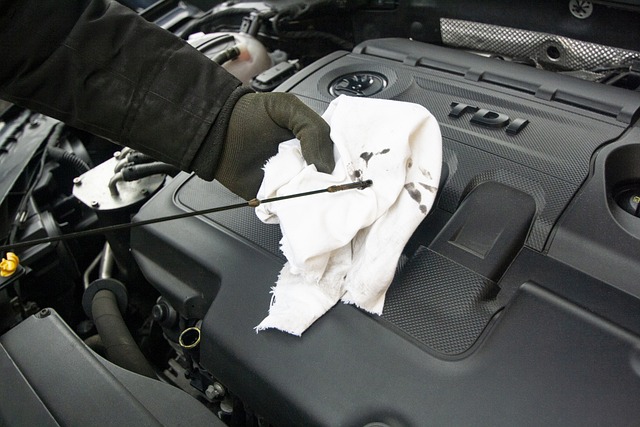Buying a used car can feel like a gamble. Even if the vehicle looks clean and drives fine, hidden issues could cost you thousands down the road. That’s why getting a pre-purchase car inspection is one of the smartest moves you can make. But what exactly does a pre-purchase inspection cover?
In this blog, we’ll break down what’s included in a typical inspection and why each step matters.
1. Exterior Condition
The inspector will carefully examine the car’s exterior for:
-
Dents, scratches, or paint damage
-
Signs of previous bodywork or poor-quality repairs
-
Rust or corrosion, especially on the undercarriage
-
Mismatched panels or gaps that could indicate past collisions
Why it matters: Cosmetic flaws can reduce resale value. More importantly, hidden bodywork might point to a serious past accident.
2. Interior Condition
Inside the cabin, the inspection covers:
-
Seat wear and tear, stains, and odours
-
Dashboard and electronics (e.g., power windows, navigation, stereo)
-
Warning lights or malfunction indicators
-
Functionality of heating, air conditioning, and defrost systems
Why it matters: A worn-out interior may not affect how the car runs, but it reflects how the previous owner treated the vehicle.
3. Mechanical Components
The heart of the inspection. A trained mechanic will check:
-
Engine and transmission for leaks, noises, or performance issues
-
Suspension and steering for wear or play
-
Brakes: condition of pads, rotors, and fluid
-
Tires: tread depth, wear patterns, and age
-
Exhaust system for damage or excessive rust
Why it matters: These are the parts that cost big money to fix. Catching issues now can save you thousands.
4. Fluids and Filters
Inspectors will check:
-
Engine oil condition and level
-
Transmission and brake fluid
-
Coolant and windshield washer fluid
Why it matters: Dirty or low fluids can indicate poor maintenance. A neglected car is more likely to break down.
5. Test Drive
A road test helps uncover:
-
Acceleration, braking, and steering issues
-
Vibrations or unusual noises
-
Transmission shifting smoothness
-
Pulling to one side or alignment problems
Why it matters: Some problems only show up when the car is moving. A test drive can reveal what a parked inspection can’t.
6. Diagnostic Scan
Modern vehicles have computers that store trouble codes. An inspector will often perform a diagnostic scan to check for:
-
Hidden fault codes (even if the check engine light isn’t on)
-
Pending issues with sensors, emissions, or modules
Why it matters: A clean dash doesn’t always mean a clean bill of health.
7. Undercarriage Check
Inspectors typically lift the car or use ramps to look at:
-
Frame and chassis for rust or damage
-
Suspension components
-
Oil pan and transmission case for leaks
-
Exhaust system
Why it matters: Problems here can affect safety and are expensive to fix.
Final Report & Recommendations
After the inspection, you’ll get a detailed report with photos, videos, and professional comments. It should include:
-
Summary of overall condition
-
List of any urgent or upcoming repairs
-
Estimations of repair costs (if available)
Bottom Line: Knowledge Is Power
A pre-purchase inspection helps you make an informed decision, not an emotional one. It’s your best defense against buying a lemon. Whether you’re buying from a dealer or a private seller, always get the car inspected by an independent, unbiased professional.
Need a fast, affordable, and honest inspection service? iNeedaPPi Mobile Car Inspectors brings certified mechanics right to the vehicle – home, work, or dealership – and delivers a full inspection report, often the same day.
Don’t buy blind – book a pre-purchase inspection today!



